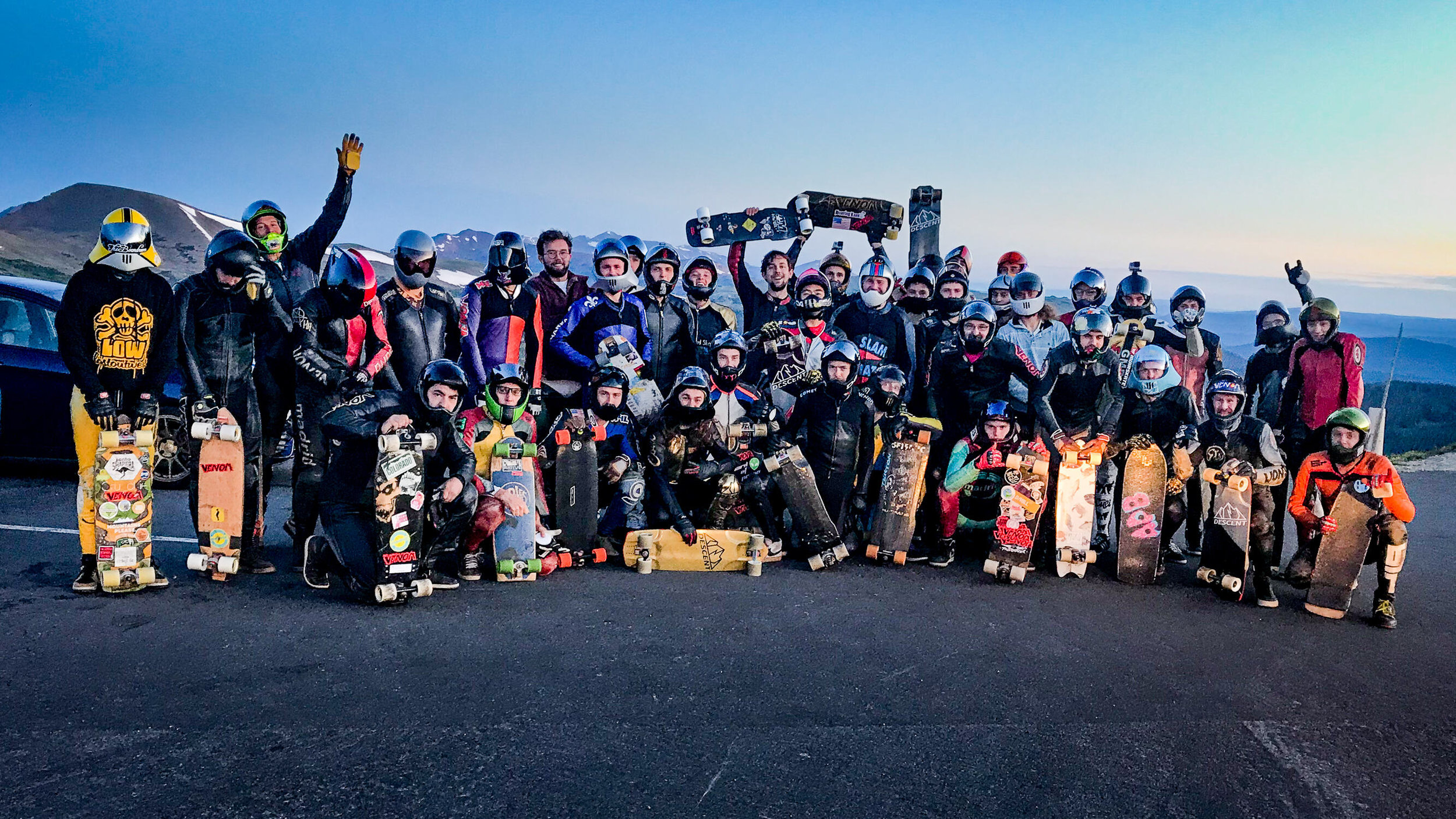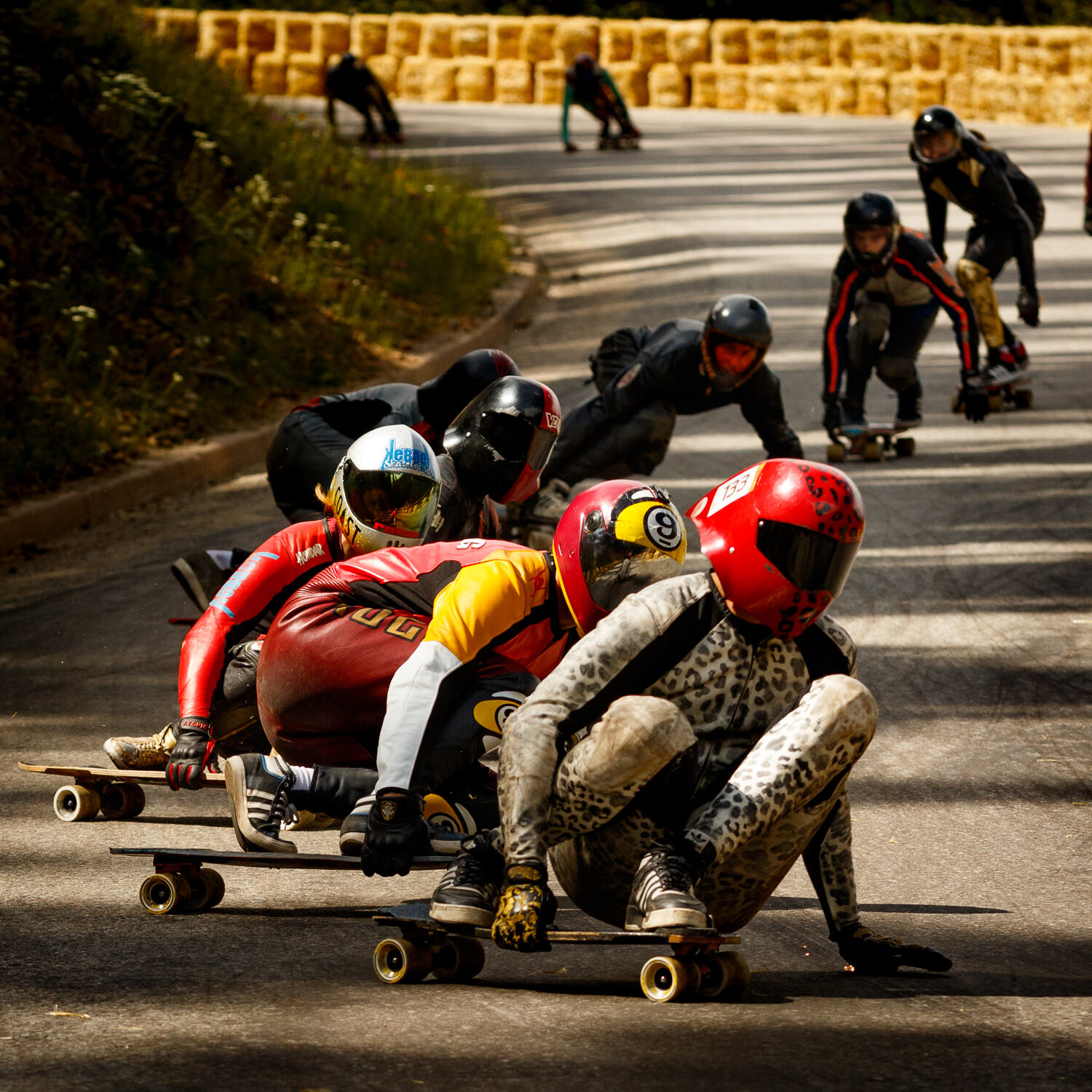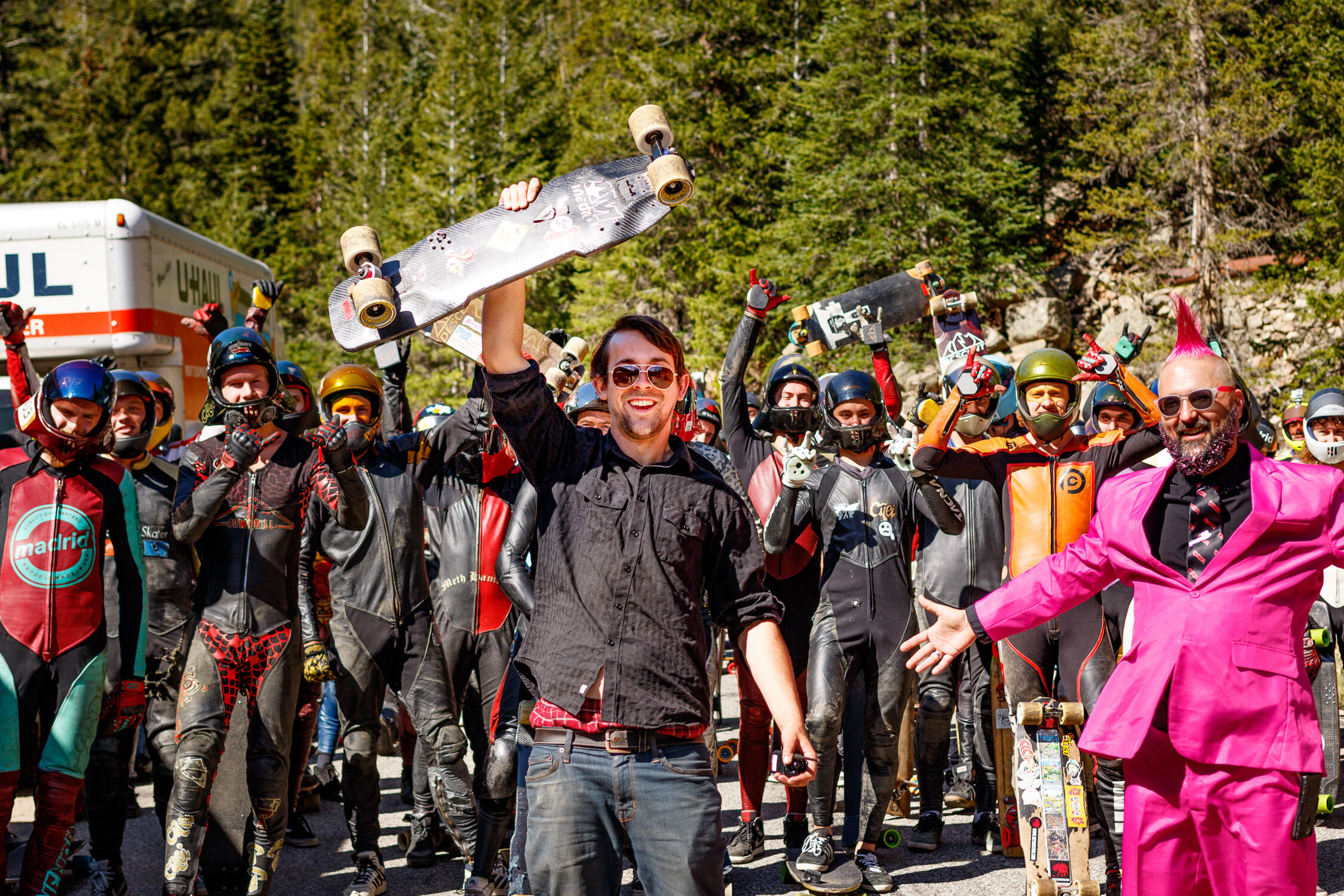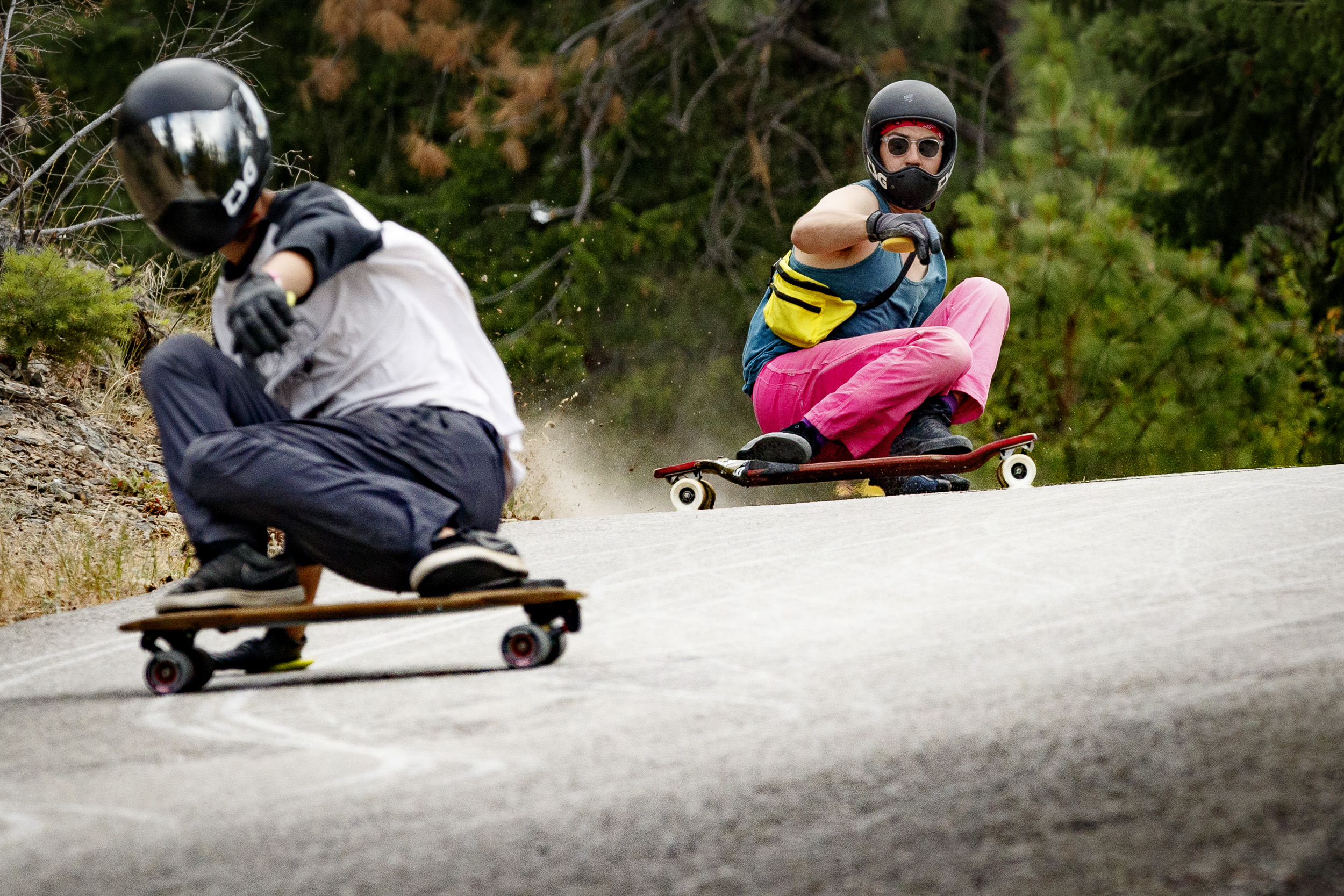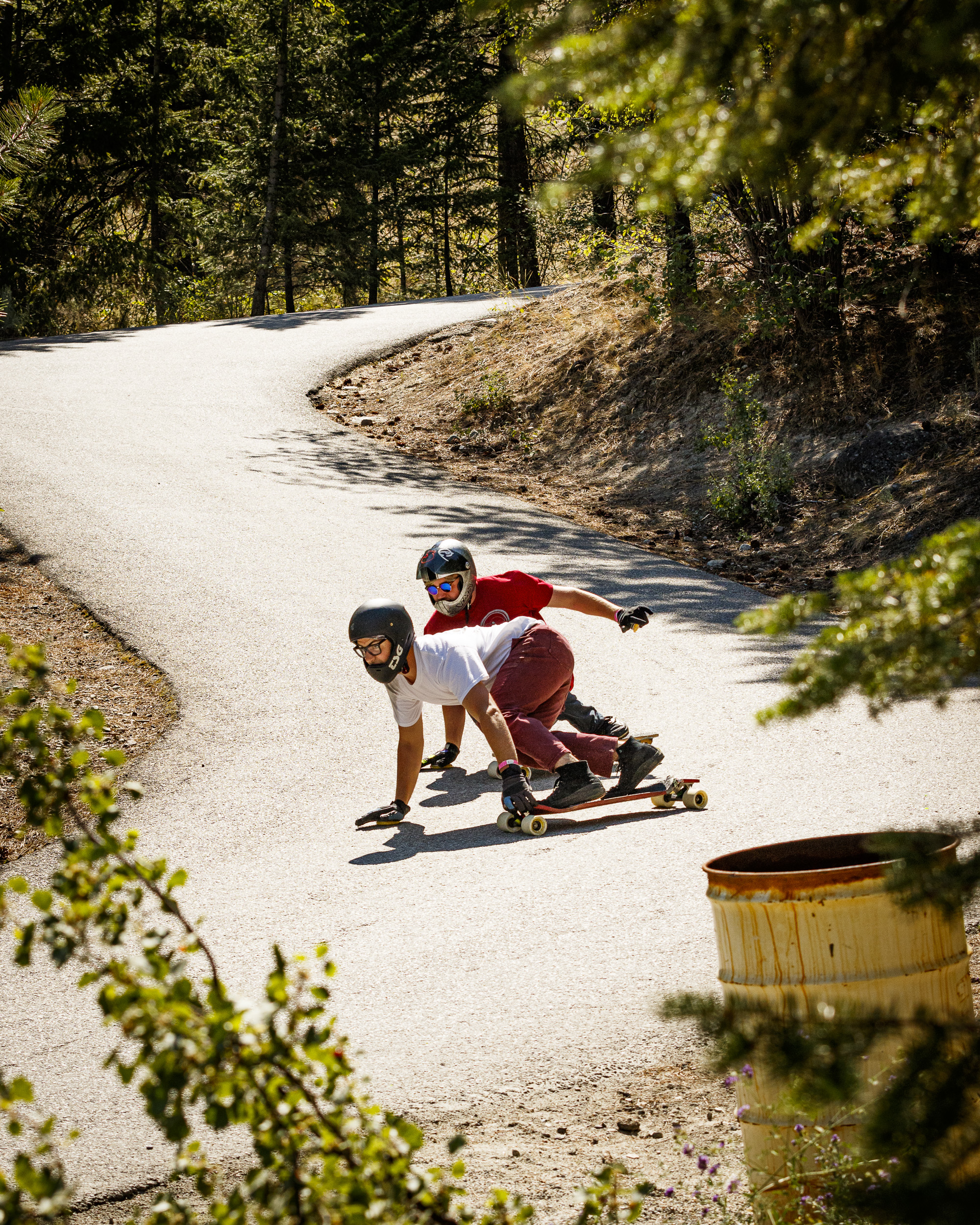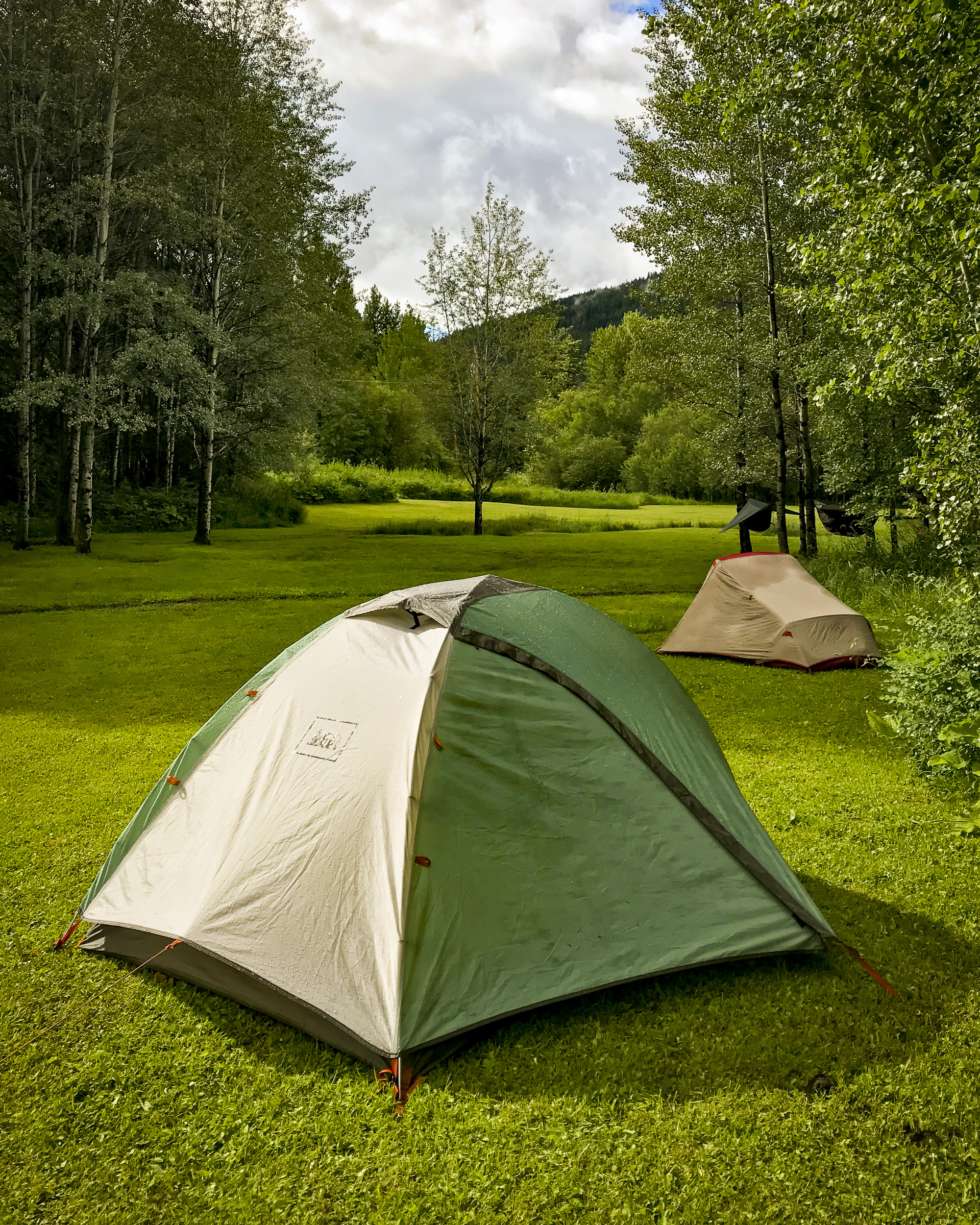On The Tension Between YIMBYism and Strong Towns
Special thanks to those who gave their thoughtful feedback on this piece.
The past couple of months have seen quite a bit of Discourse about the differences between Strong Towns and YIMBYs, particularly their views about the merits of state legislation versus local action. As a policy professional who works on state legislation to legalize what Strong Towns calls “the next increment of housing,” I believe I have something to add here.
Strong Towns is a movement to reform American cities and towns to make them safe, livable, inviting, and financially resilient by “elevating local government to be the highest level of collaboration for people working together in a place, not merely the lowest level in a hierarchy of governments.” The organization advocates for legalizing incremental housing density, improving street safety, eliminating off-street parking requirements, shoring up municipal financial resiliency, and against expanding highways. It’s sort of a pro-urbanism group with an atypical level of focus on suburban and small town issues.
Strong Towns and YIMBY goals—strengthening local governance and financial resilience in small and medium size towns on one hand, building lots of new homes in major metro areas on the other—complement each other. Legalizing infill housing helps local governments fund infrastructure maintenance and lets neighborhoods evolve to suit the needs of their residents.
Our main disagreement is over tactics and, more importantly, priorities. YIMBYs are motivated to end the housing shortage. We believe that housing is a collective action problem worsened by municipal fragmentation. We have found great success by passing zoning reform, particularly for ADUs, at the state level, where legislators are friendlier to housing because they answer to larger and broader electorates than local officials. Charles “Chuck” Marohn, the founder of Strong Towns, dislikes this approach because he strongly believes in local governance and thinks that land use policy should be set at the local level by officials who are empowered to enact reforms in response to local conditions. Further, he worries that state-level preemption might weaken local governments and advocacy efforts.
Though we do not always see eye to eye, I deeply respect Marohn and appreciate Strong Towns’ work. An engineer by trade, Marohn has paid a serious personal cost for courageously standing up and criticizing his industry when it would have been much easier to put his head down and avoid offending his professional peers. Strong Towns’ small-C conservative approach to traffic safety, housing, and parking reform is a vital addition to the public conversation around these issues; and Strong Towns has published some of my favorite writing on housing and urbanism. Charles Marohn is a good guy. His organization does good work.
That said, I think Marohn’s desire to see advocacy for housing reform focus on the local level is misguided for a few reasons. First, YIMBYs’ experience working for housing reform at various levels of government shows that state level reforms, particularly related to ADUs, are much more efficient and effective than local action because local governments are structurally hostile to YIMBY goals. State level action can rebalance the playing field and get cities “unstuck” by giving local elected officials political cover to do the right thing. Finally, I think Marohn’s desire to avoid thinking of housing in explicitly political terms, his desire to give NIMBYism the benefit of the doubt, and his ideological commitment to local control cloud his judgement. As such, I do not believe YIMBYs should follow his advice.
Much Ado About ADUs
In his review of Ezra Klein and Derek Thompson’s Abundance, Marohn criticizes state-level zoning preemption and illustrates his preferred theory of housing policy change by talking about second units built on properties with single-family homes, which planners call Accessory Dwelling Units (ADUs).
Accessory dwelling unit policy is a topic that I happen to know a few things about: I wrote my grad school thesis on California’s statewide ADU reforms and helped edit my advisor’s book on locally-led ADU reform efforts as a research fellow. I have spent the past couple of years leading ADU policy at California YIMBY, which passed four pieces of state legislation related to ADUs and duplexes this year and endorsed one more. I also occasionally consult with state legislators’ offices on proposed ADU legislation and keep an eye on local-level implementation issues throughout California and the United States. I wrote ADU model legislation for the Metropolitan Abundance Project. A friend of mine lives in an ADU here in San Francisco.
In Marohn’s own terms, the Strong Towns approach to ADU reform goes like this: “Begin by shifting the narrative” and sharing pro-ADU resources with neighbors, council members, and city staffers. Find an existing ADU that is “working” and “help your friends and neighbors see that this isn’t radical or risky” by showing them how it works. Then, work within the rules you have or make a compelling case for an exception to help one new ADU succeed. Document that success and share the story to build support for further reform. The resulting culture shift will make better decisions inevitable. While this method of doing things will start out, in his words, “slow, messy, and often invisible [...] it accelerates change while building systems that last because they’re rooted in feedback, trust, and place.”
Marohn sums up his approach in the conclusion of his article: “[w]hat we need today is not a new mandate from the center, but a renewed capacity to act locally, iteratively, and with care.”
This is all well and good. I think carefully iterating on policy at the local level is a great thing—many of the statewide reforms we pursue at California YIMBY were first developed at the local level—and that legalizing what Marohn describes as “the next increment of housing” is a good way to get people comfortable with neighborhood change.
However, this is at odds with how California has actually gone about legalizing ADUs, which is largely a story of state government micromanaging local governments by systematically removing the legal tools they use to block ADU construction.
(As an aside, it’s worth noting that the likely result of publicizing an existing illegal ADU that is “working” is a zoning enforcement action that will force the homeowner to evict their tenant and demolish the illegal unit.)
State ADU Regulation in California: From a Light Touch Approach to “Micromanagement From Above”
California ADU reform can be divided into two major periods, an early “light touch” era of locally led change and a more prescriptive “top down” era of strict state standards.
The early, light touch reforms followed Marohn’s principles for state intervention: they set up a loose framework and trusted local governments to incorporate local knowledge and evaluate tradeoffs at the neighborhood level, where they were most visible.
Beginning in 1981, the California legislature sought to encourage ADU construction by passing SB 1160, which allowed cities to pass ordinances to create conditional use permit processes for ADUs. The law also exempted ADUs from growth caps and forbid cities from enacting outright ADU bans without showing findings “that specific adverse impacts on the public health, safety, and welfare that would result from allowing second units.”
Very few ADUs were actually built following this law because few cities actually created these processes and where they did, homeowners were reluctant to spend thousands of dollars on plans and technical drawings when they could be arbitrarily denied permits in a subjective, discretionary conditional use process.
In 2002 the first major update to state ADU law required local planning departments to approve ADUs through a by-right rather than a discretionary process and apply “quantifiable, fixed, and objective standards.”
However, the state continued to grant cities a great deal of leeway to set their own standards and many cities adopted objective standards that made development infeasible on most lots. For example, the city of Pasadena adopted an ADU ordinance that required owner occupancy, a 15,000 square foot minimum lot size, two covered parking spaces per ADU, and a minimum 500 foot separation between houses with ADUs. (These kinds of separation requirements are usually reserved for businesses like bars and liquor stores.) The city also imposed a twenty unit per year cap on ADU development. Los Angeles, where the overwhelming majority of single family lots are 5,000 square feet, stipulated a 7,500 square foot minimum lot size and that ADUs could only be built on lots “at least 50% larger than the minimum area required for a lot in the zone in which it is located.”
In the 2000s and 2010s, local ADU advocates in Santa Cruz and Los Angeles followed Marohn’s advice, got involved with local planning, built some pilot projects, began changing the narrative around ADUs, and enacted some local reforms that made it easier to build an ADU. While these efforts were highly admirable and they created momentum for future state reforms, they consumed thousands of hours of activists’ time and resulted in compromised, incremental reforms that applied only in a few cities and produced relatively few new legal homes (unpermitted ADUs, on the other hand, were widespread).
The failure of “light touch” reforms to generate meaningful ADU construction should come as no surprise to anyone who has ever attended a planning commission meeting in California. Local governments, by and large, are deeply invested in preventing change to single-family neighborhoods; and they can be very creative in their efforts to block efforts to allow infill housing. (I wrote my grad school thesis on the regulatory barriers local governments created to block people from using California’s 2021 statewide duplex and lot-split law and how that law contrasted with ADU law at the time.)
California changed course in 2016, abandoning its approach of empowering local governments to set their own rules for ADUs and passing laws that replaced it with a set of highly detailed and prescriptive statewide ADU standards. These standards, which were informed by local reform efforts and pilot programs, broadly overrode local zoning and bypassed local permitting processes to force cities to issue permits for ADUs on most lots with existing single-family homes and prohibited many of the practices that anti-growth cities had used to stymie ADU development in the past, including lengthy discretionary permitting processes, high fees for utility connections, onerous parking requirements, excessive setback and passageway requirements, and fire sprinkler requirements.
Predictably, many cities resisted the broad legalization of ADUs and threw up various regulatory hurdles to their construction in an attempt to preserve single family zoning. The state legislature has responded by revisiting the ADU code almost every year, passing several bills to protect homeowners’ right to build ADUs and rent them to tenants. For the sake of brevity, I will not rehash all these laws here. Cumulatively, they tightly restrain local governments’ discretion to impose conditions on new ADUs. (You can read a full summary of changes to state ADU law in pages 46-54 of the HCD ADU Handbook or read these slides for an abridged version.)
Statewide ADU legalization has been a wild success. The 2016 reforms, which were championed by Denise Pinkston and the Casita Coalition, led to an immediate explosion of ADU permit applications and construction: the City of Los Angeles went from approving about 200 ADU permits in 2016 to more than 2,000 in 2017. In Santa Cruz, where local activists had won the most permissive ADU standards in the state, annual production more than doubled. Statewide, we went from approving about 800 ADUs in 2016 to more than 30,000 in 2024. ADUs are now more than a quarter of the new housing in California, and production continues to climb. By sheer numbers, ADU reform is easily the most successful YIMBY policy reform.
This ongoing, iterative legislative process, in which state lawmakers work with ADU industry representatives like the Casita Coalition and policy advocates like California YIMBY to protect homeowners’ right to build backyard homes by identifying and addressing local barriers to permitting and construction, strikes me as the exact kind of thing that Marohn would decry as "micromanagement” from afar that ignores local conditions and “reduce[s] cities to policy delivery mechanisms for distant bureaucracies.” Indeed, local governments often complain—with good reason!—that lawmakers in Sacramento have stripped them of their autonomy and authority and forced them to approve ADUs over the objections of neighbors and local policymakers.
However, this is not how Marohn characterizes California’s reforms: In their book Escaping the Housing Trap, Marohn and his coauthor Daniel Herriges praise California’s state-level ADU reforms as “a bottom up revolution that can snowball” because they created flexibility and activated a new category of developers.
NIMBYism Is A Real Political Force And State Legislation Helps Overcome It
What to make of the tension between Marohn’s stated principles and the real-world facts of the policy success he celebrates? It seems to me that while Marohn shares our goals—his book talks about how homeowners should be able to get an ADU permit in a few hours—he does not fully grapple with the structural political barriers to legalizing infill housing, particularly in single family neighborhoods. This is because Marohn does not take NIMBYism seriously as a political force in local government and because he values local land use control over housing production.
Local government is the biggest impediment to the kind of incremental housing reforms that Marohn wants to enact. This is not because local officials are insufficiently empowered to act on housing—they enjoy near-total control over land use policy—but because they are responding to strong structural political incentives for NIMBYism. Many people sincerely do not like neighborhood change and do not care about the affordability or sustainability impacts of their preferences. These people are not “scared, uncertain, or unclear about the tradeoffs” between new housing and affordability. They simply believe, as many Americans do, that single family zoning is a kind of property right that entitles them to a fixed and unchanging neighborhood character. Local governance structures disproportionately empower these people while underrepresenting the voices of people who support building more homes. (More on this here.)
Marohn largely glosses over these facts, insisting that advocates should get involved and make change at the local level because that is where housing policy is traditionally set, and where policymakers are best positioned to evaluate tradeoffs in light of local conditions.
However, he ignores the significant cost of pursuing change at a level of governance that is structurally hostile to pro-housing policy: namely, that it risks exhausting advocates’ finite time and energy in pursuit of heavily compromised reforms, like early local ADU measures, that likely will not get many homes built. (Marohn is familiar with the risk of advocate burnout because he wrote movingly about his own experience with it.)
While Marohn may believe that these compromises are acceptable in service of the larger goal of strengthening local government, YIMBYs generally do not share that larger goal. I am a housing activist because my city suffers from a shortage of housing, not a shortage of citizen participation in land use policymaking.
For those of us who want to get homes built, there are very real advantages to legislating at the state level:
Replacing dozens or hundreds of bespoke local ADU standards with a statewide baseline of relatively clear, permissive rules about what homeowners can build gives homeowners clarity and flexibility.
Uniform standards also make it much easier for ADU professionals to work across multiple jurisdictions.
Guaranteeing speedy, by-right approvals gives homeowners the confidence to invest thousands of dollars into pre-development expenses.
Empowering a state agency with the authority to enforce these laws gives homeowners somewhere to turn when local governments drag their feet or don’t follow the rules.
Advocates can identify issues bubbling up at the local level and implement statewide fixes, rather than attempting to fight hostile local bureaucracies one at a time. (Notably, Marohn has supported state-level parking reform on these grounds.)
And finally, state legislators are more receptive to pro-housing arguments because they answer to larger and more diverse electorates than local electeds. Having them efficiently solve problems does not represent a failure of local governance, but rather shrewd political strategy.
Beyond this, while state intervention does reduce local governments’ power to NIMBY new housing, it does not weaken local government. Rather, it sets a baseline for what must be allowed and provides a political counterweight to the prevailing NIMBYism, which gives local elected officials political cover to approve badly-needed housing and to enact the kinds of incremental reforms Marohn supports. In California, local governments continue to experiment with and iterate on ADU policy.
Nor does state intervention weaken local advocacy. Freed from the need to fight for basic reforms, local advocates can put their energy toward implementing policy innovations that, if successful, can later be scaled up to the state level in the kind of bottom-up action Marohn champions.
To recap: Marohn celebrates California’s broad legalization of ADUs, but does not sufficiently engage with the reasons that it came about in the way it did. Extremely prescriptive state legislation was necessary to overcome the structural political barriers to changing the character of single family neighborhoods and secure homeowners’ right to actually build ADUs. Marohn continues to argue for such changes to be adopted by local governments and tailored to each neighborhood’s unique context, ignoring the evidence that such an approach would put huge demands on advocates and produce a patchwork of regulation that would result in many fewer homes actually getting built. Further, Marohn articulates all the downsides of legislating at the state level and does not acknowledge that it efficiently solves a real political problem by giving local officials cover to do the right thing and freeing up advocates to pursue further reform.
The Bigger Picture
In his response to Laura Foote and Jeff Fong, Marohn writes movingly about how he believes that viewing housing as an explicit, zero-sum political fight between “heartless” incumbent homeowners who oppose neighborhood change and those who wish to allow denser, lower-cost development is corrosive to civic life and damaging to our souls. He decries “rhetoric that paints our neighbors as villains in a political drama” and “flattens the complexity of human motivations into binaries.”
I have no reason to doubt Marohn’s sincerity here: confronting the fact that your neighbors care more about preserving their neighborhood’s physical form than giving people the ability to make their lives in the community is indeed very painful. It is comforting to believe that these people are simply misinformed, uncertain, or scared of the unknown. Most NIMBYism is quite polite. The human consequences of failing to build housing are far away and invisible to most people.
Those of us who do housing reform work in California do not have the luxury of that distance. Many of us struggle to afford housing. Nearly all of us have friends who have moved away due to the high cost of rent or the seeming impossibility of becoming a homeowner. We constantly bear witness to the suffering of the tens of thousands of people who are forced to sleep outside every night and live with the knowledge that many of them die every day. This close proximity to the human costs of California’s disastrous housing policy, combined with experience of listening to housing opponents’ arguments, focuses the mind and clarifies the stakes.
While I understand and admire Marohn’s desire to give people the benefit of the doubt, it cannot survive contact with California housing opponents’ words and actions. What are we supposed to say about people who wait hours to speak in opposition to affordable farmworker housing in downtown Half Moon Bay because it might make it harder for them to park their cars, or who scream at public officials who propose converting an existing motel to homeless housing? What do we make of people who live near UC Berkeley—where one in ten students experience homelessness—and sue to block the construction of a dorm because the students might be loud? What should I think about a city council member who brags about building fewer homes for needy families to mollify her constituents who dislike mid-rise buildings? Should housing advocates continue to seek compromise with NIMBYs who understand perfectly well that endlessly dragging out the entitlement and permitting process with bad-faith demands for further project-level public input can kill projects’ financial feasibility?
Is YIMBY rhetoric painting these people as obstacles to housing really the problem here, or is their rigid dedication to the status quo in the face of so much suffering the problem? What does prioritizing millionaire homeowners’ aversion to change over the needs of the poor and unhoused do to our souls?
The uncomfortable truth is that while most people who express concern about new housing probably are just misinformed or nervous about neighborhood change and will come around if we treat them with kindness and empathy, some of our neighbors actually are obstacles to housing. The conflict between YIMBYs and ideologically committed activist NIMBYs actually is a zero-sum political power struggle between groups of people with fundamentally different values and irreconcilable visions of their neighborhoods’ future. YIMBYs intend to win this fight and implement pro-housing policies that will make our cities affordable places to live, work, and raise a family.
While strengthening local government is an admirable goal, I do not believe that preserving local control over land use is more important than building homes. As such, I believe that housing reformers should disregard Charles Marohn’s criticism and continue pursuing change at the levels of government that are friendliest to our cause and most efficient in implementing our preferred policies. In California and many other places, that means going to the state legislature to pursue policies that empower local governments to grow and approve housing.




























